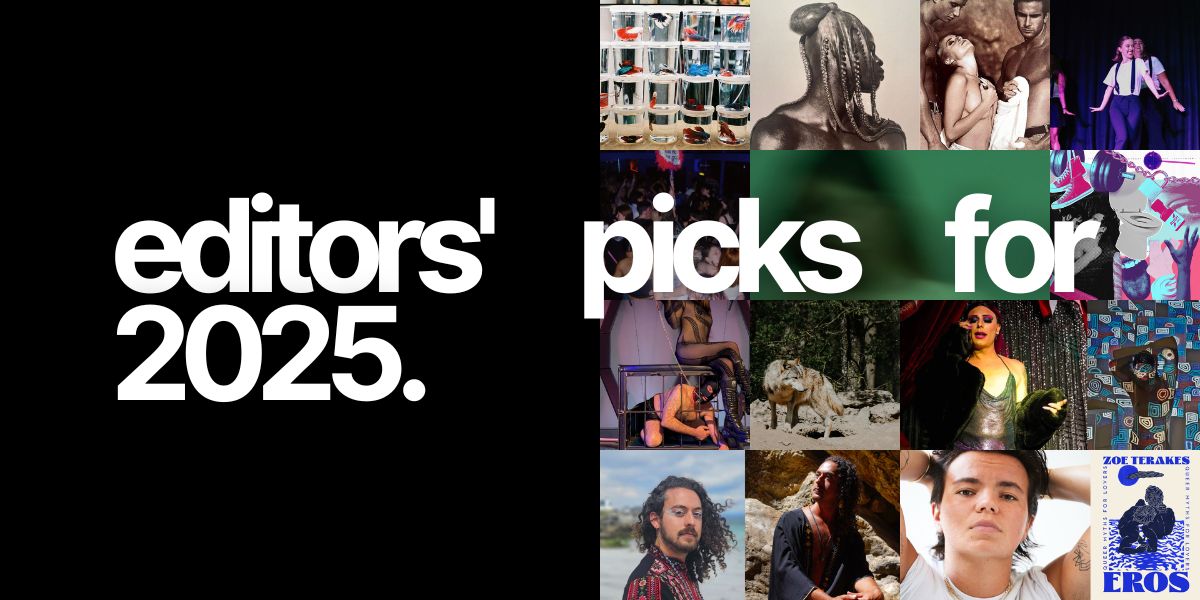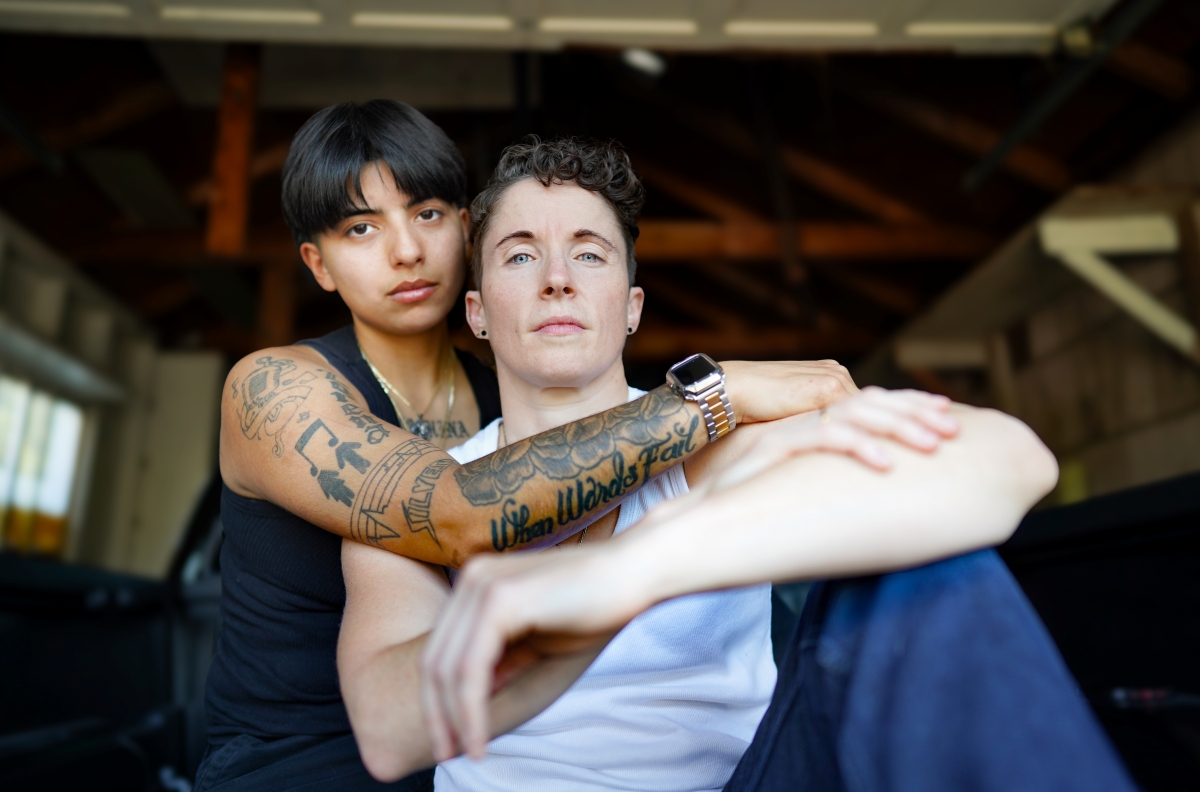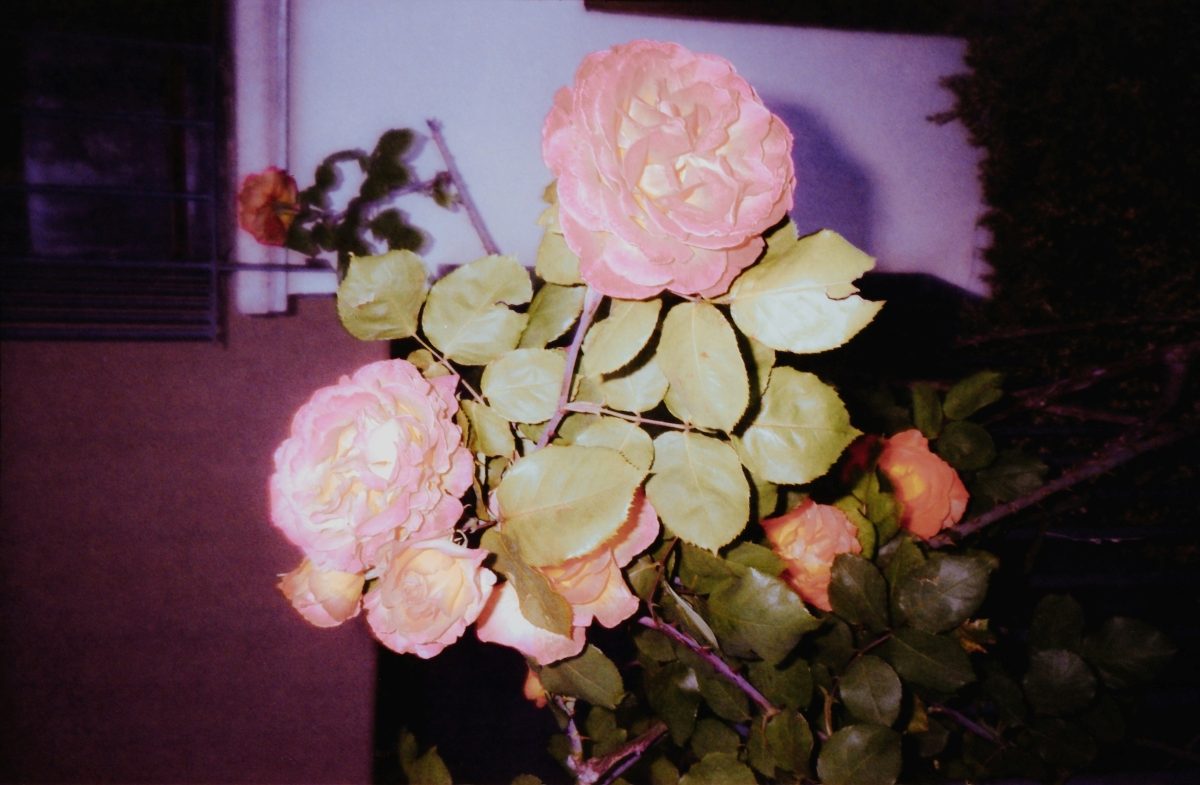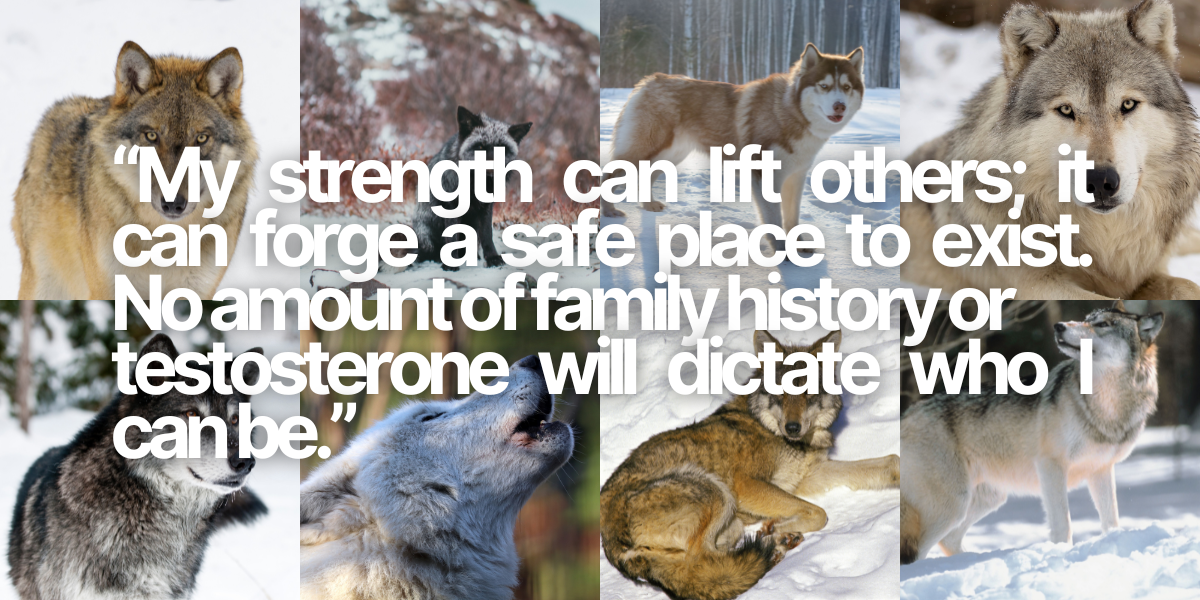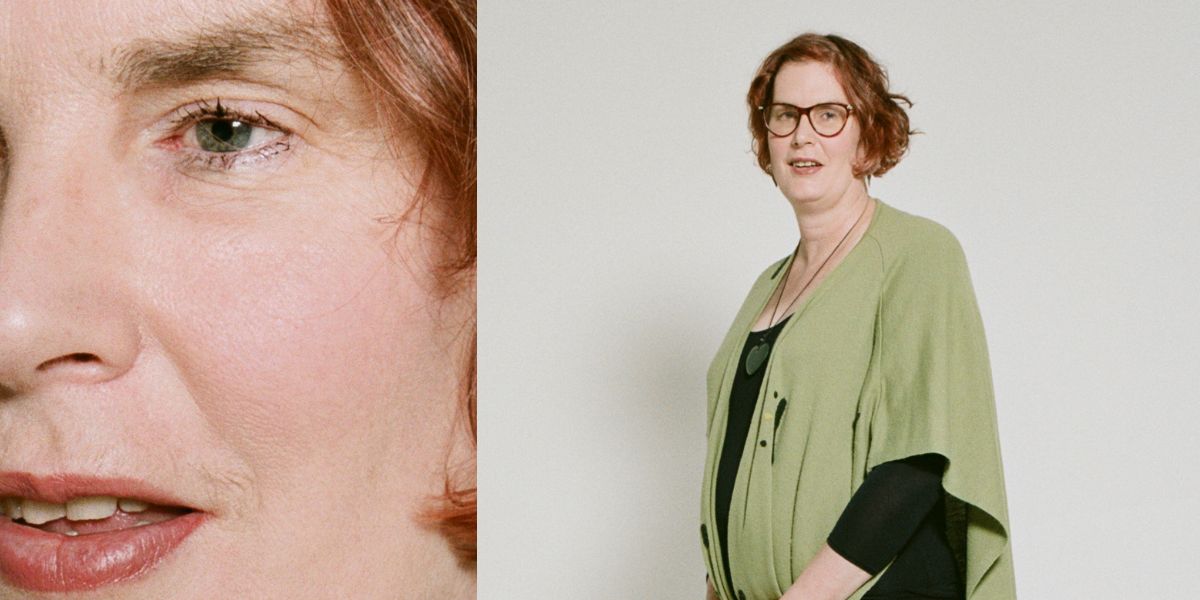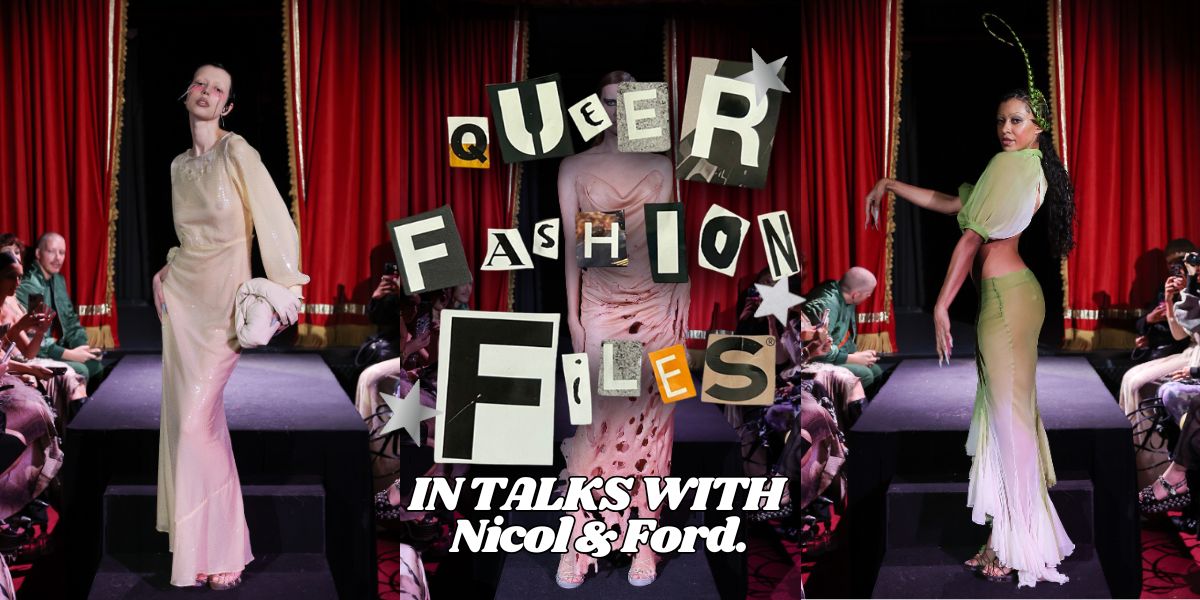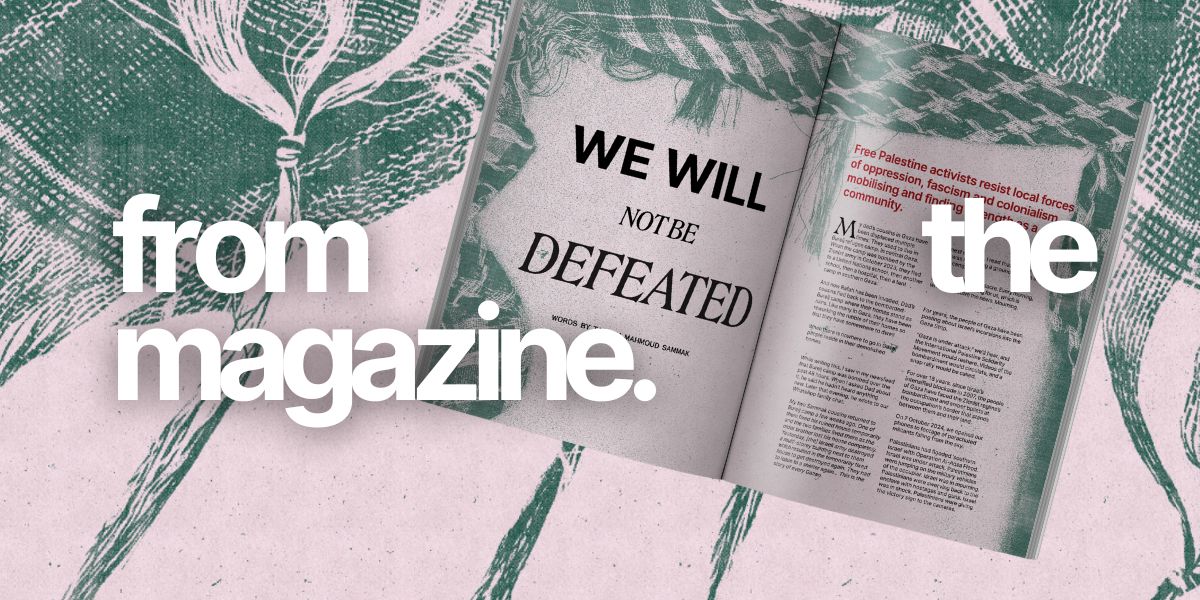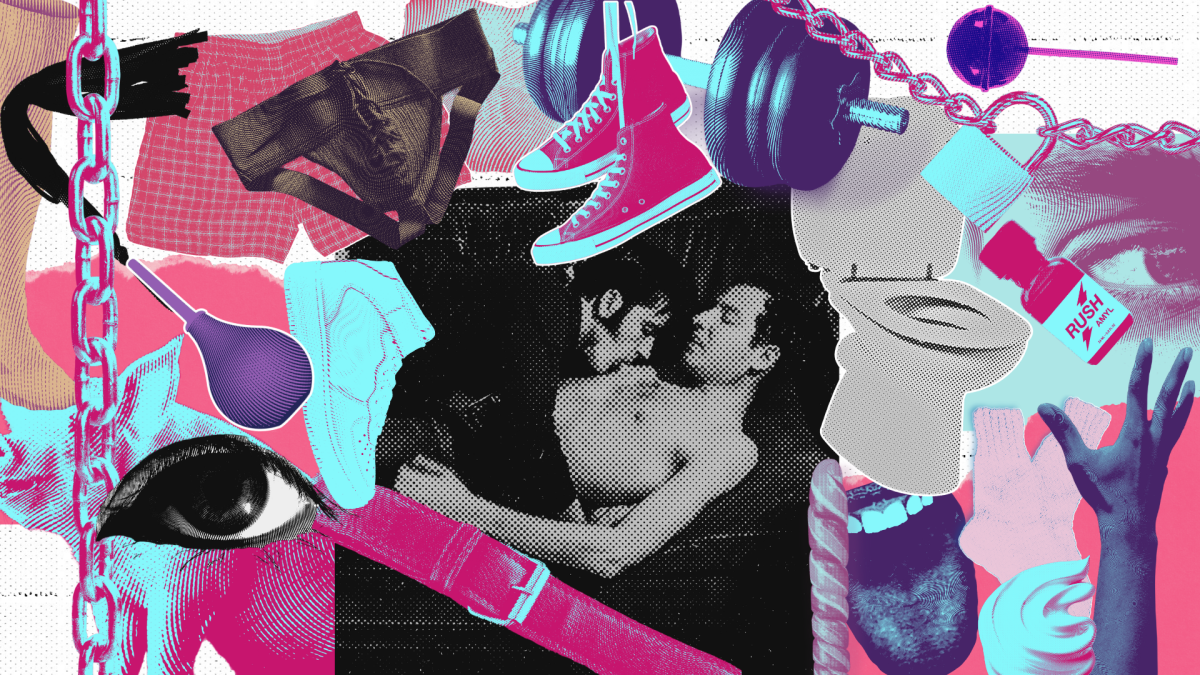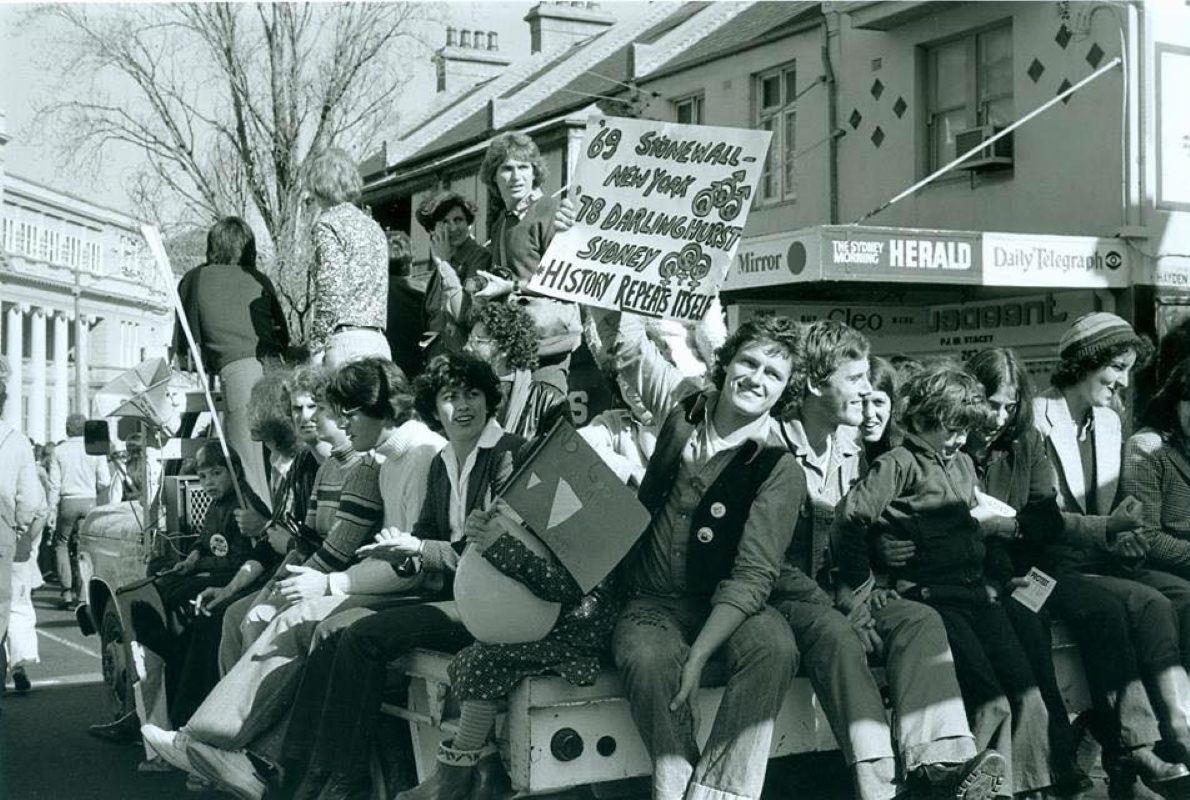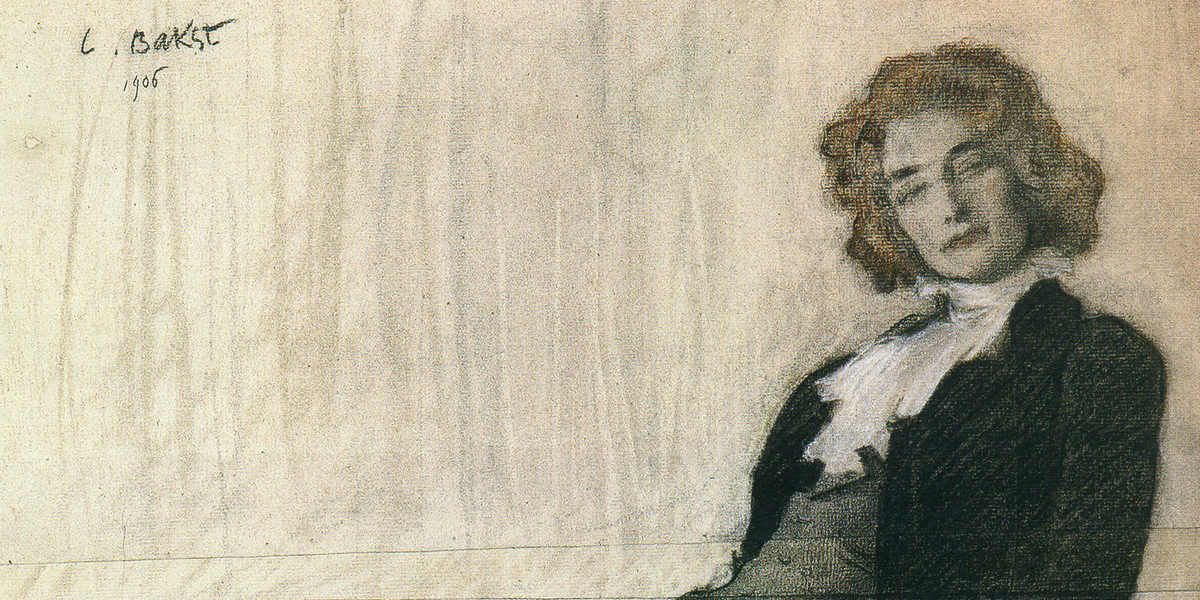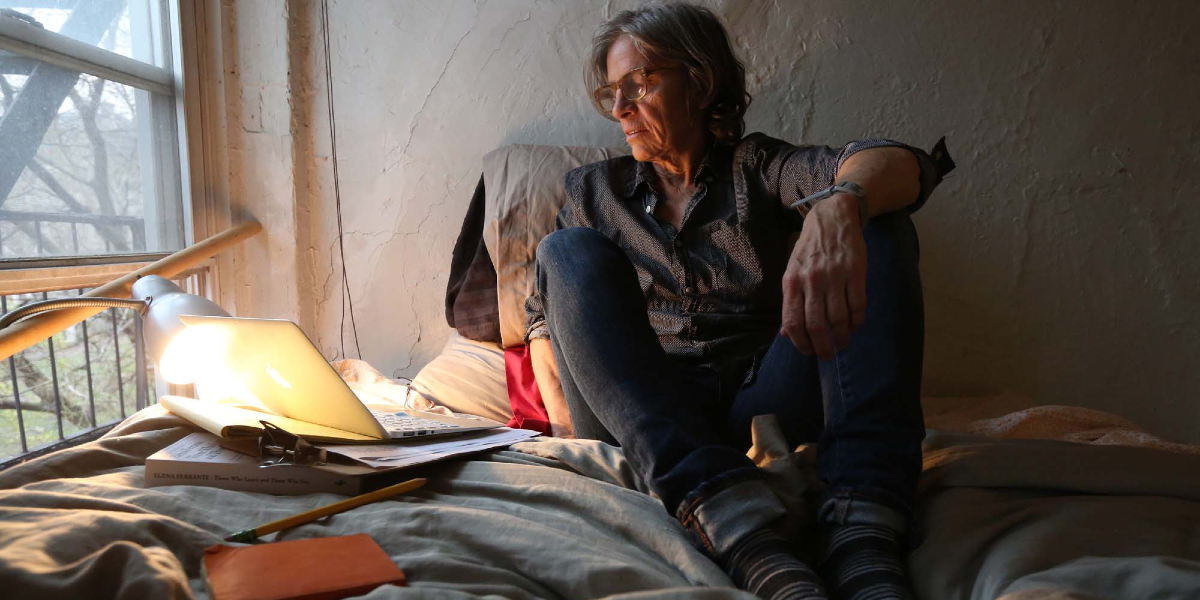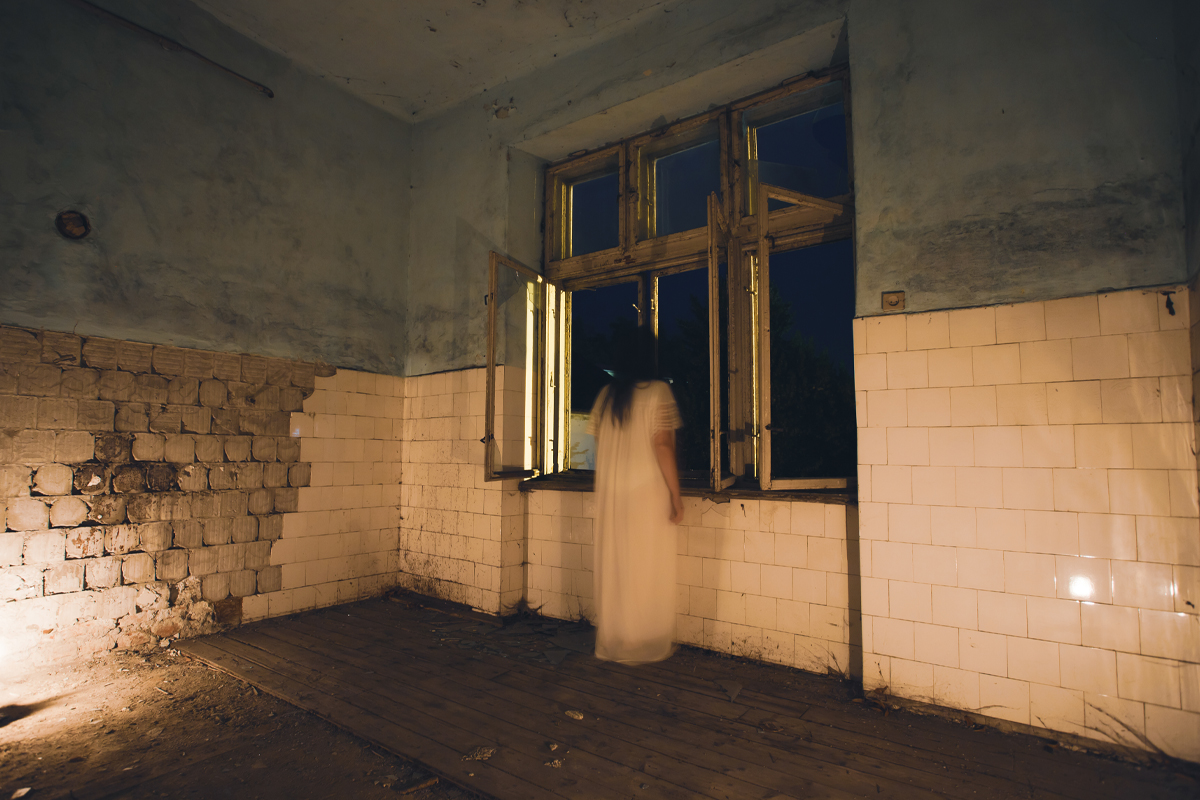Stories about: history
From sissification to trans mythology, impostor syndrome to werewolves, cruising, and much more, these are the online editors’ top picks of 2025.
The truth is, you can’t ask, “What makes someone butch?” without also asking what makes someone cis, trans or non-binary. The borders blur. The categories leak.
Chosen names offer a synthesis of literary and psychoanalytic analysis. When you choose a name, it is imbued with references, history and storytelling.
In Black+White, it was the tightly framed shots of intertwining limbs, bodies folded over, and skin upon skin that drew me in.
Unpacking Jewish resistance and solidarity in this moment, with all its histories.
If I must be a werewolf, I choose to be a wulver instead of a luchthonn. No amount of family history or testosterone will dictate who I can be.
Living through coercive treatment, the AIDS crisis and homelessness, this author continues to survive the trauma of the psychiatric system.
For this month’s Queer Fashion Files, we’re featuring creative duo Nicol & Ford.
Free Palestine activists resist local forces of oppression, fascism and colonialism, mobilising and finding strength as a community.
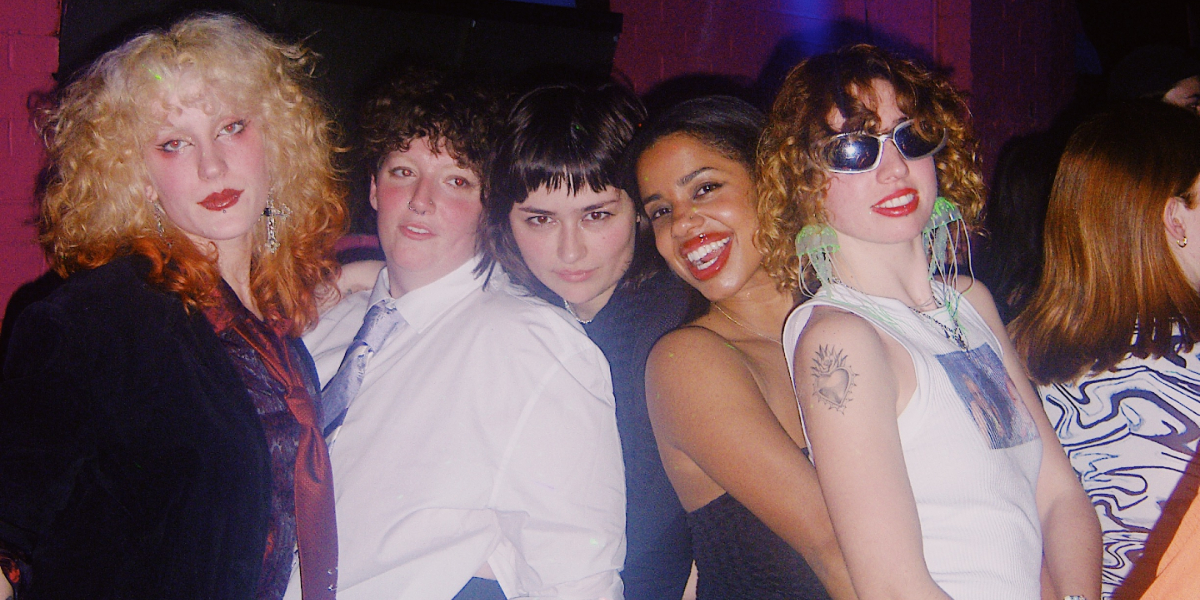
Melbourne’s lesbian community: Celebrating sapphic history and connection
I’ve frequented gay bars in Melbourne, and still do, but none of them have the beating heart of lesbian community that Third Rodeo does for me.
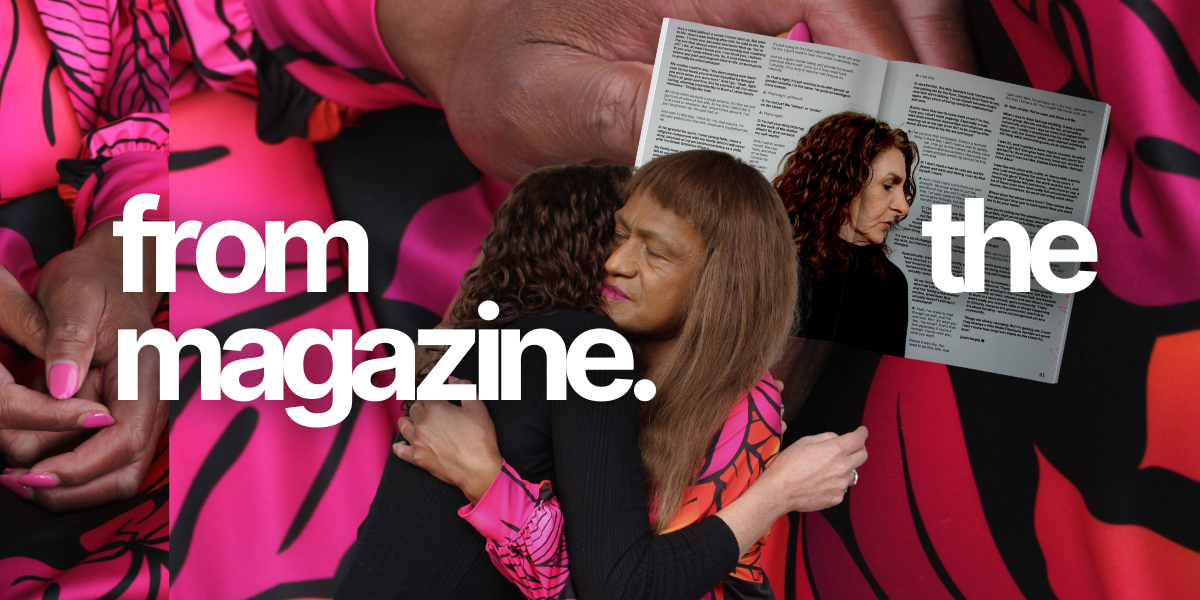
Trans identity, sex work and the AIDS crisis: Trans women in conversation
Two trans women share a lively discussion around culture, sex work, the AIDS crisis, gender and intersex identity.
I’ve found there’s something beautifully democratic about traditional cruising – the darkness and anonymity working as great equalisers.
The world-famous Keith Haring mural painted on an exterior wall of a school building in Collingwood, Melbourne, turned 40 years old last year.
Welcome to Phone-a-Dyke, Archer’s new queer advice column. Today’s question: Are socks lesbian culture?
The Archibald Fountain has a hidden history as a beat. The goal of my walking tours is to make this, and other hidden queer histories, known.
I stumbled into phone sex after sharing my woes with a psychic. Psychic hotlines were really popular then, and I was a frequent caller.
Zinaida Gippius lived a rather queer life – between their affairs with women, highly publicised threesomes, cross-dressing, and more.
Pine Gap spy base sits on stolen Arrernte lands, fuelling the forgotten war machine of Australia.
I figured I had two years left: one in reasonable health, then one in increasingly terrible health, ending in a withering, undignified, exhausted death.
“There’s nothing more pathetic than being at a party, somebody asking what you do, and saying, ‘I’m a poet.'” Eileen Myles chats with Alex Creece.
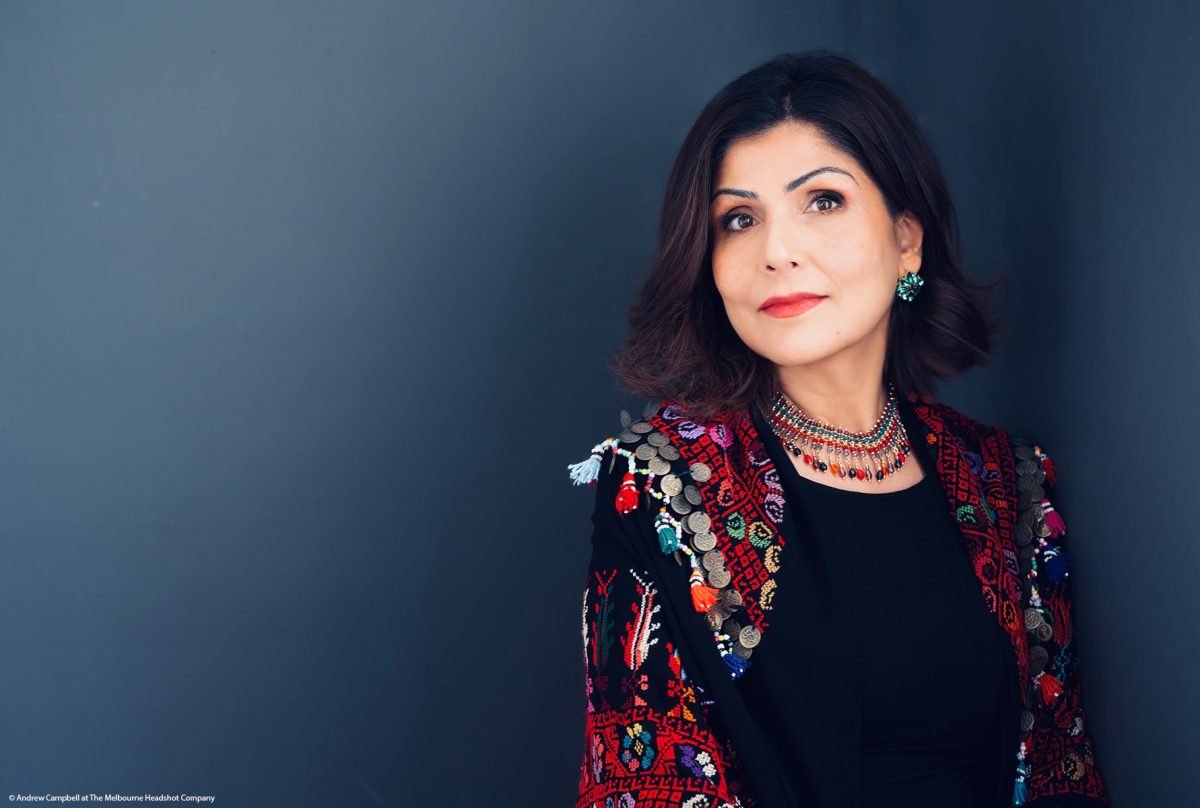
Archer Asks: Author Samah Sabawi on family, literature and Palestinian resistance
“I am in awe of Palestinian women. I have never seen such extraordinary patience, resilience and love for family.” Samah Sabawi chats to Archer Magazine.
Paranormal topics are often misunderstood, feared, and vilified – just like many of us in the queer community.

